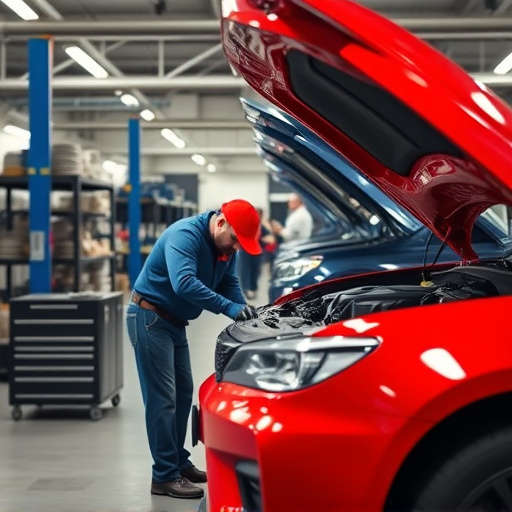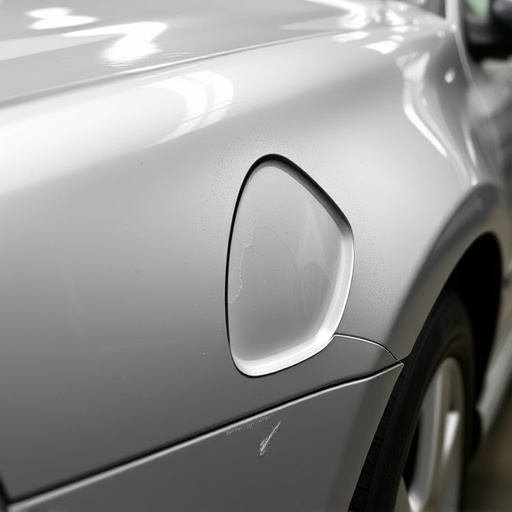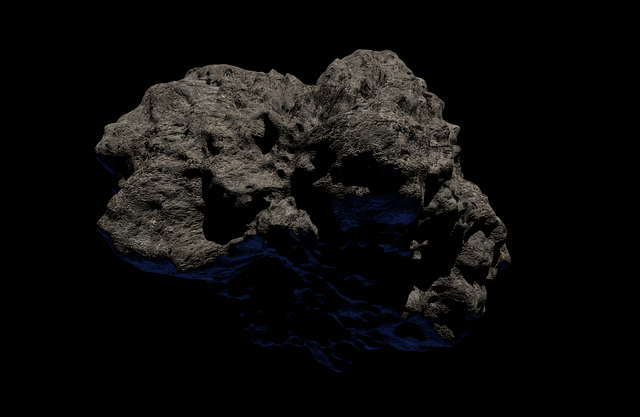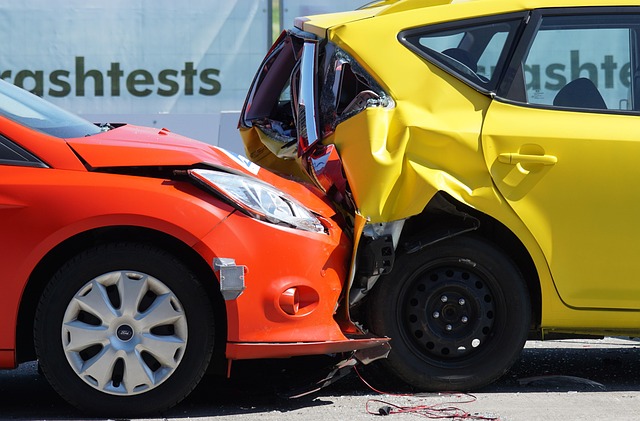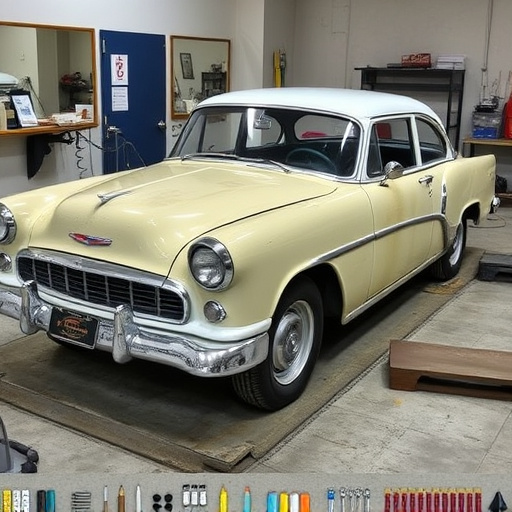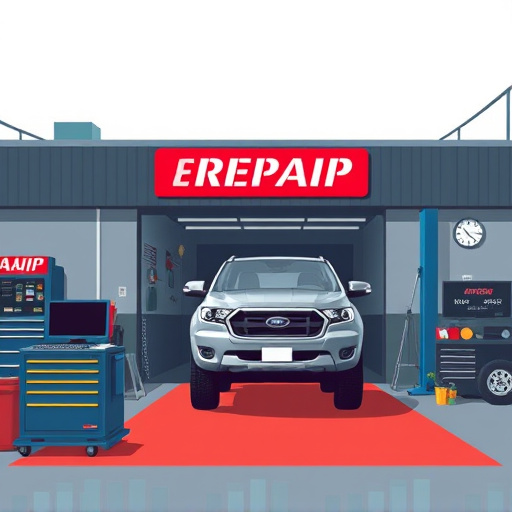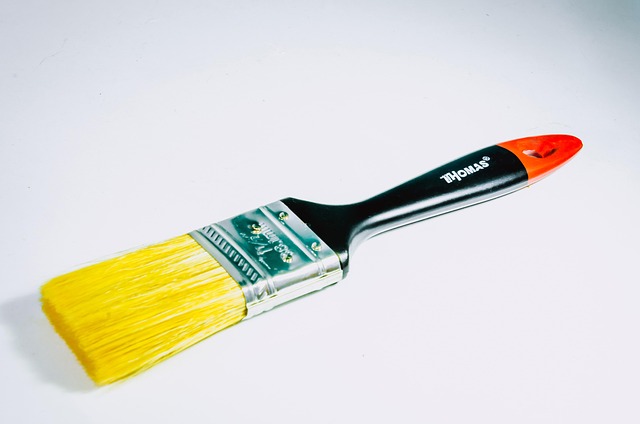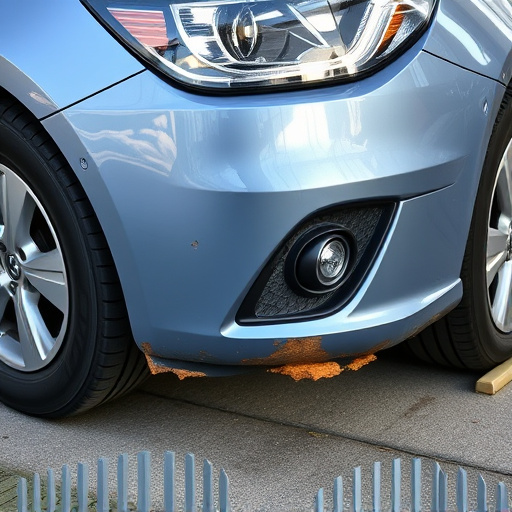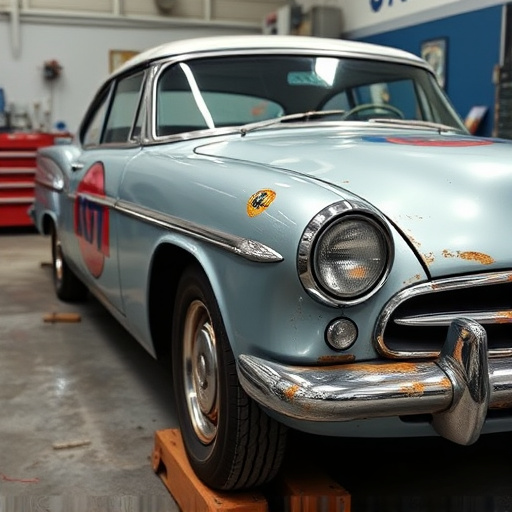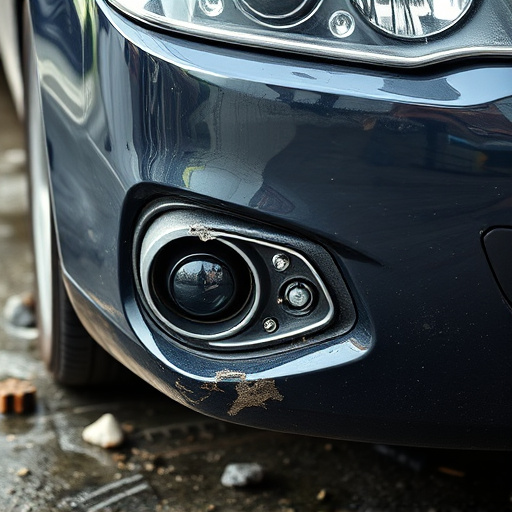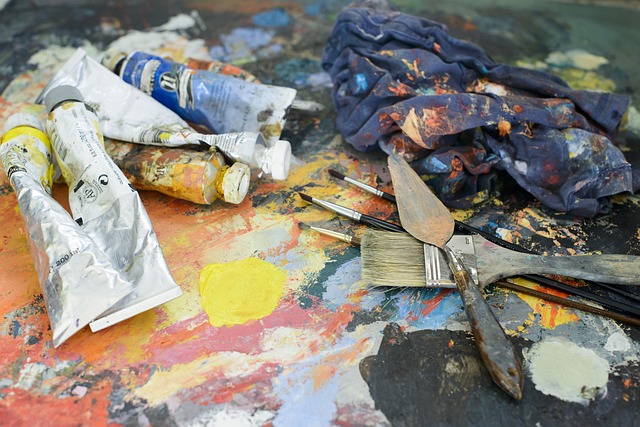Tesla PPF (paint protection film) repair involves a meticulous process: inspect for damage, precisely remove affected areas, fill gaps with high-quality compounds, and ensure proper edge sealing. This delicate balance preserves aesthetics and structural integrity, preventing water penetration, corrosion, and maintaining the vehicle's pristine appearance. Continuous training on updated methods ensures optimal results for Tesla owners.
Tesla owners often wonder about the best ways to maintain their vehicles’ pristine looks. One effective solution is Tesla PPF (paint protection film) repair, a crucial process for preserving the car’s exterior. This article delves into the intricate steps of PPF repair, with a special focus on edge sealing—a critical component that ensures long-lasting protection. By following best practices, you can ensure effective repairs and keep your Tesla looking its best.
- Understanding Tesla PPF Repair Process
- Edge Sealing: A Critical Component
- Best Practices for Effective Repairs
Understanding Tesla PPF Repair Process
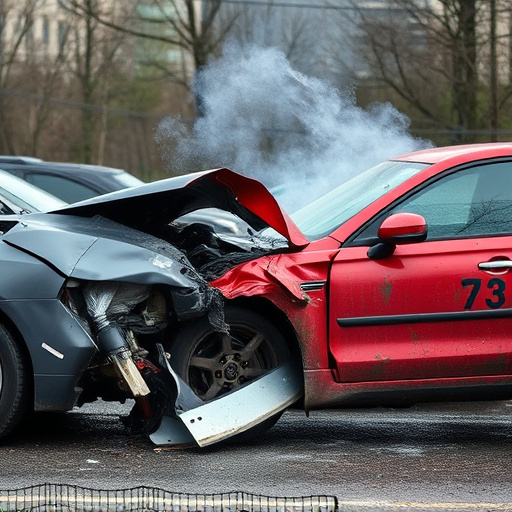
The Tesla PPF (paint protection film) repair process involves a meticulous approach to ensure the vehicle’s exterior remains pristine and protected. It starts with a thorough inspection, where auto body repair experts identify any damage or delaminated areas of the film. This could range from small scratches to more significant edge sealing issues. The next step is to carefully remove the affected portion of the PPF, using specialized tools to minimize disruption to the surrounding protective layer.
Once the damaged area is prepared, a precise repair technique is employed. Skilled technicians fill in any gaps or imperfections with high-quality compounds, ensuring a seamless blend with the existing paintwork. Edge sealing checks are crucial during this phase, guaranteeing the longevity of the repair by securing the film’s edges firmly to the car body shop’s surface. This meticulous process not only addresses scratch repairs but also maintains the overall aesthetic and protective capabilities of Tesla vehicles.
Edge Sealing: A Critical Component
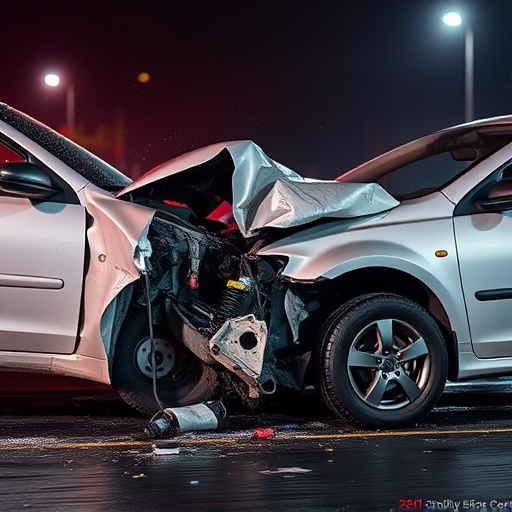
Edge sealing is a critical component of Tesla PPF (paint protection film) repair that often goes overlooked. While the primary focus is on the film itself, ensuring proper edge sealing is essential to prevent water penetration and corrosion underneath. A well-sealed edge not only enhances the aesthetic appeal of the vehicle but also prolongs the life of the paint protection film and the underlying car paint services.
During the repair process, meticulous attention should be paid to checking and reapplying sealants along the edges of the PPF. This includes examining areas like the bumper repair, where the film meets the car’s body lines and seams. Proper edge sealing is a game-changer in maintaining the integrity of the paint job, ensuring that the vehicle retains its vibrant, protected finish for years to come, rather than being susceptible to moisture damage and unsightly peeling.
Best Practices for Effective Repairs
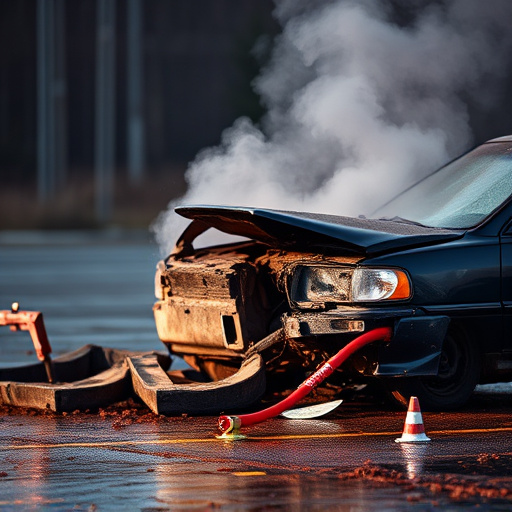
When undertaking Tesla PPF (paint protection film) repairs, adhering to best practices ensures optimal results and longevity of the protective layer. The first step is a thorough inspection, identifying any damage or delaminations and understanding the extent of repair required. Using specialized tools and techniques, technicians should carefully remove the damaged film, clean the surface thoroughly, and prepare it for reapplication.
For effective repairs, precision edge sealing is crucial. This involves ensuring precise alignment and adherence of the new PPF around vehicle edges and contours. Proper application techniques, including the use of appropriate adhesives and sealants, help prevent future peeling or bubbling. Additionally, regular training on the latest repair methods and materials ensures automotive repair services remain up-to-date with industry standards, providing high-quality auto body services for Tesla owners.
In conclusion, proper Tesla PPF (paint protection film) repair involves a meticulous understanding of the process and attention to detail, particularly when it comes to edge sealing. By adhering to best practices, professionals can ensure that not only is the damaged film replaced effectively, but also that the vehicle’s overall paint protection is maintained. This includes regular checks for edge sealing integrity, as this plays a crucial role in preventing water intrusion and future damage.

